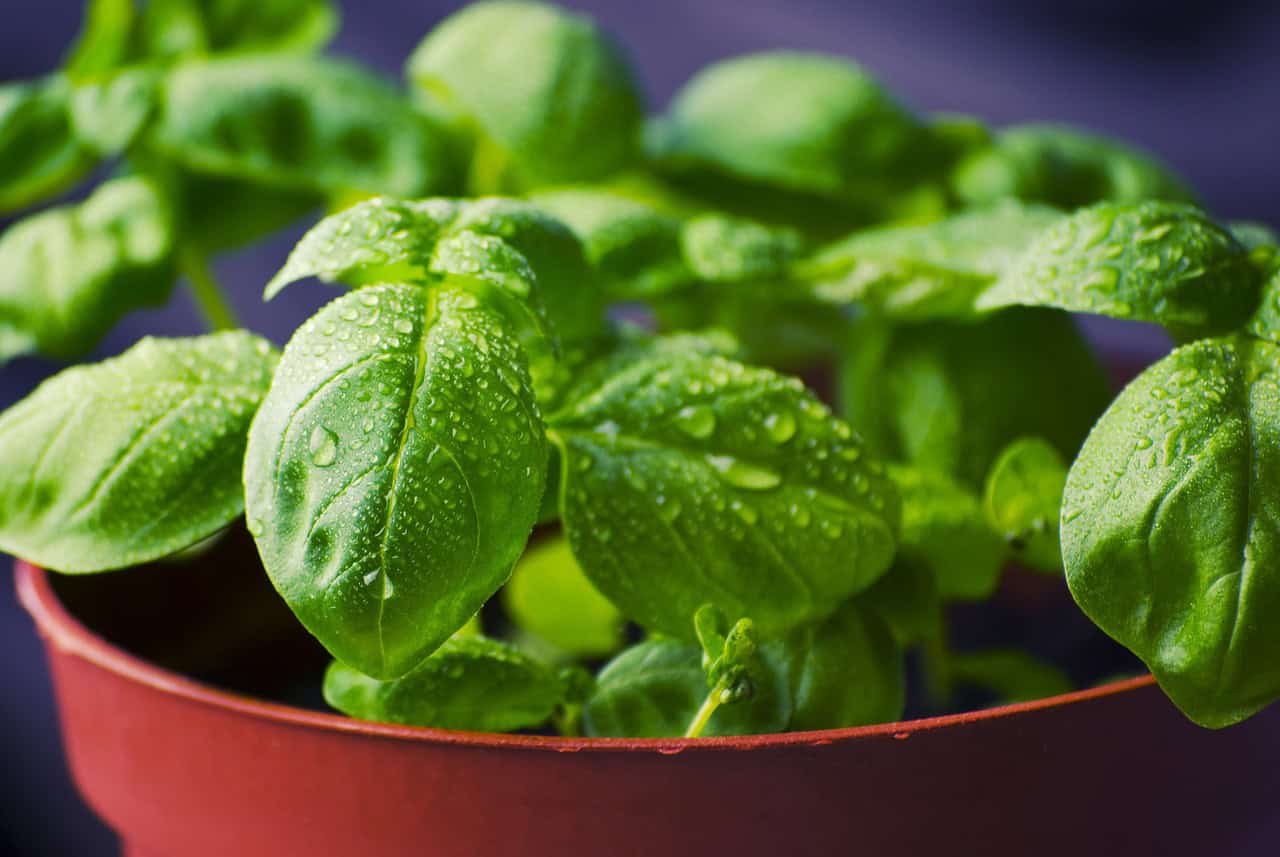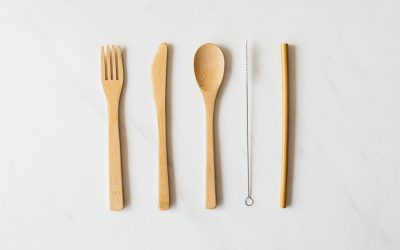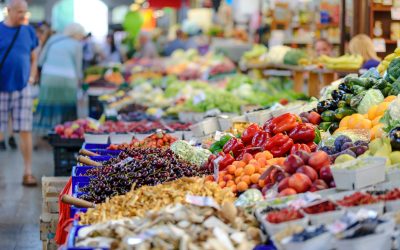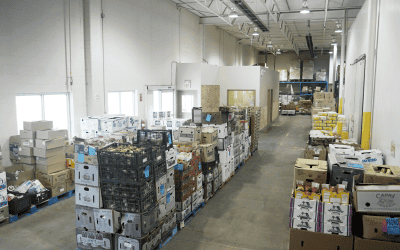Growing herbs indoors is a rewarding way to have fresh, flavourful ingredients at your fingertips year-round. Whether you’re a seasoned gardener or a beginner, cultivating herbs inside your home can enhance your culinary adventures and brighten your living space. Here are some practical tips to help you get started.
Choose your herbs
Selecting herbs that thrive indoors is crucial. Some herbs are better suited for indoor environments due to their adaptability to lower light levels and smaller root systems. Popular choices include basil, mint, parsley, thyme, chive and oregano.
You can grow herbs from seeds or from cuttings: Cut a 4-6 inch piece from a healthy, mature herb plant just below a leaf node and place the cutting in a glass jar. Once the plant takes roots, transfer the cutting into your chosen pot.
Find appropriate containers
Herbs can be grown in individual pots or grouped together in a larger container. Generally, a 6-8 inch pot is suitable for most herbs. Ensure each pot has drainage holes at the bottom to prevent waterlogging, which can lead to root rot.
Terracotta pots are excellent as they allow the soil to breathe, but you can also use plastic or ceramic pots with proper drainage.
Rotate your herb pots occasionally to ensure even light exposure and prevent them from leaning towards the light source. This helps maintain healthy, upright growth.
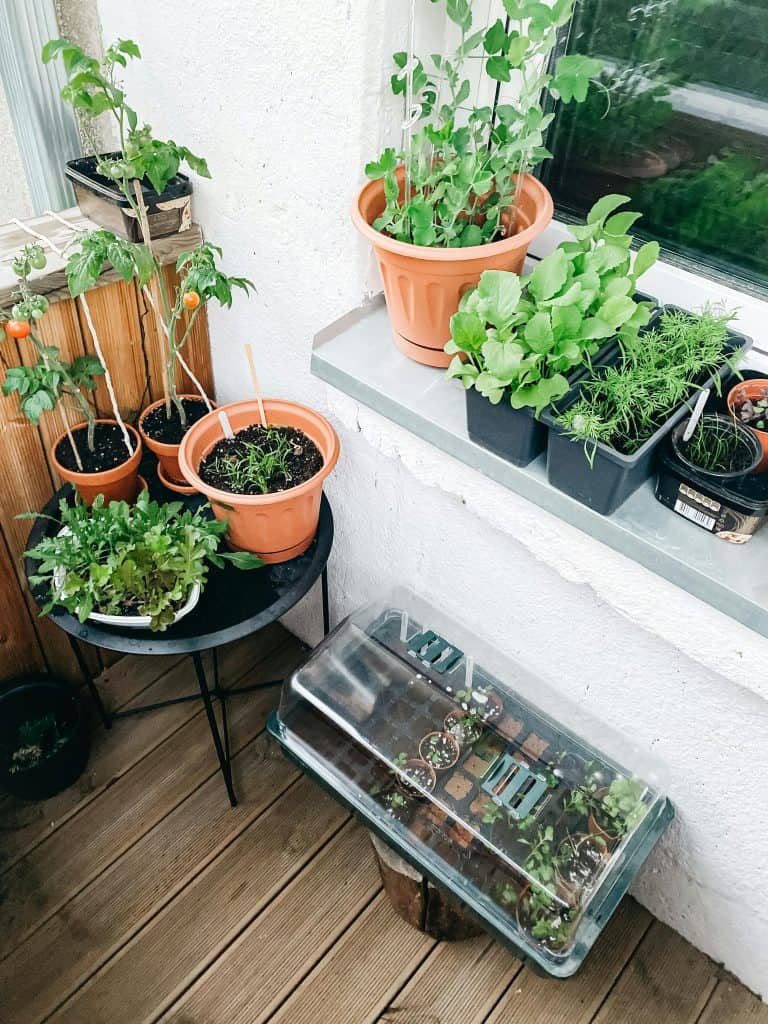
Find the right spot
Place your herb containers in a location that receives plenty of natural light. Most herbs need at least 6 hours of sunlight daily. A south-facing window is ideal. If natural light is limited, consider using grow lights to supplement. LED grow lights are energy-efficient and can provide the necessary light spectrum for your herbs to flourish.
Most herbs prefer a temperature range between 65-75°F (18-24°C). Keep them away from drafts, air conditioners, and heating vents.
Indoor environments can be dry, especially in winter. Increase humidity by placing a tray of water near your herbs or misting them occasionally.
Soil and watering
Herbs thrive in well-draining soil. Use a high-quality potting mix specifically designed for container gardening. Avoid garden soil, as it can be too dense and may not drain well.
Water your herbs regularly but avoid overwatering. The soil should be kept moist but not soggy. A good rule of thumb is to water when the top inch of soil feels dry to the touch. Different herbs have different water needs, so adjust accordingly.
Feed your herbs
Herbs grown indoors benefit from regular feeding. Use a balanced, water-soluble fertilizer every 4-6 weeks to provide essential nutrients. Be cautious not to over-fertilize, as this can lead to excessive leaf growth with less flavor.
Pruning and Harvesting
Pinch off the tips of your herbs regularly to prevent them from becoming leggy and to promote bushier growth. Harvest leaves as needed but avoid taking more than one-third of the plant at a time to ensure continued growth.


